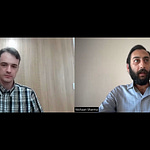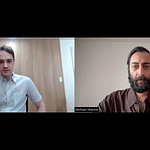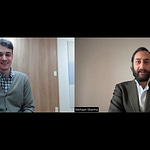Conversation recorded on February 16, 2025.
Benjamin Stringer and Nishaan Sharma discuss neologisms and the ways they might be classified. The discussion touched on utilitarian terms like “deepfake” and “COVID 19,” “Seinfeldisms,” inclusive language, and contributions to language from literature and the arts.
writes .3 species of neologisms:
Species 1: Denotes newly understood facts/concepts, or new innovations.
Examples: “deepfake,” “COVID-19.”
Species 2: Formalizes and calls attention to already-known phenomena.
Examples: Seinfeldisms such as “double-dipping” and “regifting.”
Subspecies 2A: Replaces an existing term with a different term (without changing the meaning). Usage may function as a loyalty test.
Examples: “The Gulf of America.” Feminist and inclusive language, like “chairperson.”
Species 3: Obfuscates reality. Non-referential rhetorical constructs.
Examples: Certain ‘woke’ terms like “cisgender,” and “people of color” (POC).
Subspecies 3A: Applies an existing term (which has a clear referent) to a speciously-conceived alternative context.
Example: “privilege.”









